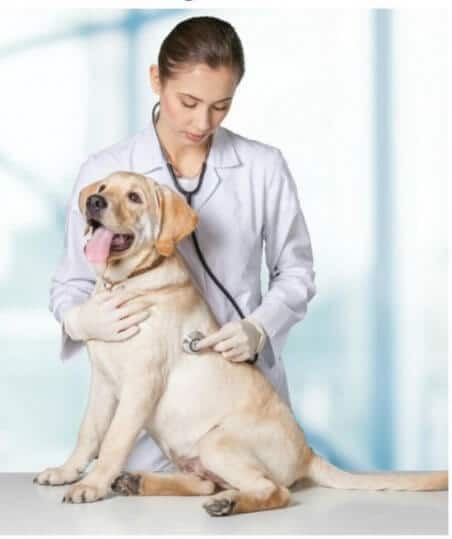Nowadays, it is somewhat common to hear news about dogs suffering from sickness due to their old age. And just like what you feel with people, it is very saddening to realize that the man’s best friend could also suffer from cancer. Despite the technological advancement that people experience in this century, just like with humans, canine cancer is still incurable.
How will I Know if My Dog has a Tumor?
Canine cancer is just like any other type of cancer in humans; you won’t realize that your dog has it until the obvious symptoms start to appear one by one. In this case, whether you accept it or not, preventive measures will become useless.
Unless you’re a veterinarian, there is no way for you to know whether your dog has a tumor or not without seeing any unusual behavior from your dog firsthand. This is the main reason why it is also necessary for dogs to have at least a semi-annual checkup from your most trusted veterinarian.
Mass, Growth or Tumor: Definition
When it comes to dogs, veterinarians will use either one of these three in order to describe an unknown lump or bump inside your dog. Since these terms are used generally, there’s no way for people know whether the dog’s condition is serious or not. However, veterinarians nowadays are very careful when using the word tumor since most pet owners are becoming worried for their pet’s safety right after hearing the word. In this case, the veterinarian usually suggests that he or she must do a more thorough examination once an unknown lump or bump is found.
Diagnosis
Diagnosis concerning the dog’s lump usually starts when the pet owner happens to touch a bump while petting their dogs. In this case, pet owners must call their veterinarian immediately in order to schedule a medical diagnosis. Just like what most doctors do with human patients, veterinarians exercise great care before finalizing his or her diagnosis since even a small error could possibly affect the future treatment.
Once a lump is found, the veterinarian will perform other diagnostics in order to identify the cells that form it by means of doing a biopsy or a fine needle aspirate. After getting some cells samples, the veterinarian sends the samples to the lab where the veterinary pathologist examines it. The tests done here will help the veterinarian identify whether the lump is benign or malignant. If it is malignant, in any case, the tests will also tell the type of cancer your dog has.
